Ground shipping is currently paused. Local deliveries throughout Long Island will continue as usual. Pre-orders for fall are now open. Non-local orders will begin shipping again in early September. Click here to learn more.
Ground shipping is currently paused. Local deliveries throughout Long Island will continue as usual. Pre-orders for fall are now open. Non-local orders will begin shipping again in early September. Click here to learn more.
| Size | |
|---|---|
| Common Name | |
| Type | |
| Family | |
| Native? | |
| Zone | 3, 4, 5, 6, 7, 8 |
| Height Range (ft.) | 2.00 to 3.00 |
| Spread (ft.) | 2.00 to 3.00 |
| Bloom Time | |
| Bloom Description | Yellow |
| Sun | |
| Water | |
| Maintenance | |
| Suggested Use | |
| Tolerate | |
| Growth Rate |
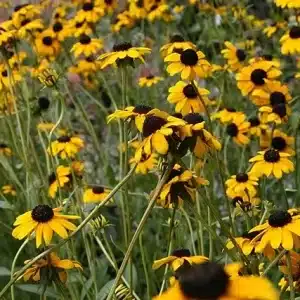
Solidago speciosa – Showy Goldenrod is a striking native perennial with tall stems and golden-yellow flower spikes. Thriving in full sun and well-drained soils, it supports pollinators, provides seeds for birds, and adds bold color to late-season gardens.
$12.99 – $149.99Price range: $12.99 through $149.99
Please note: Sizes 1.5 Gallon and up can’t be shipped outside the counties of Nassau, Suffolk, and Queens.
Learn more about how the process works and how our plants are delivered.
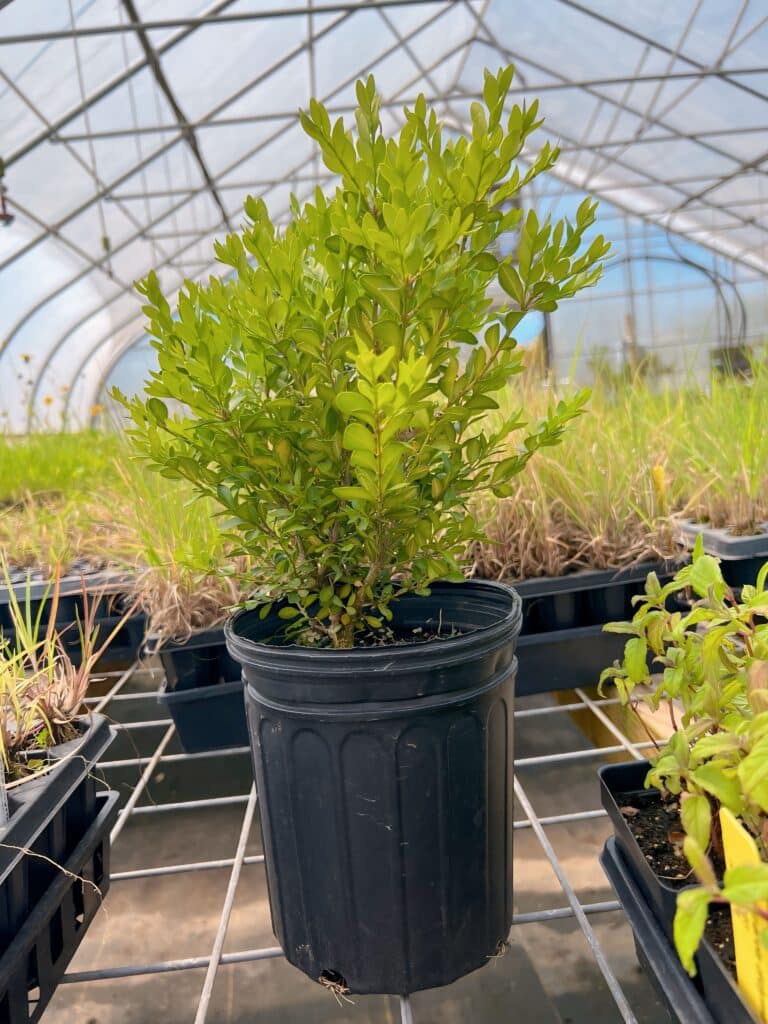
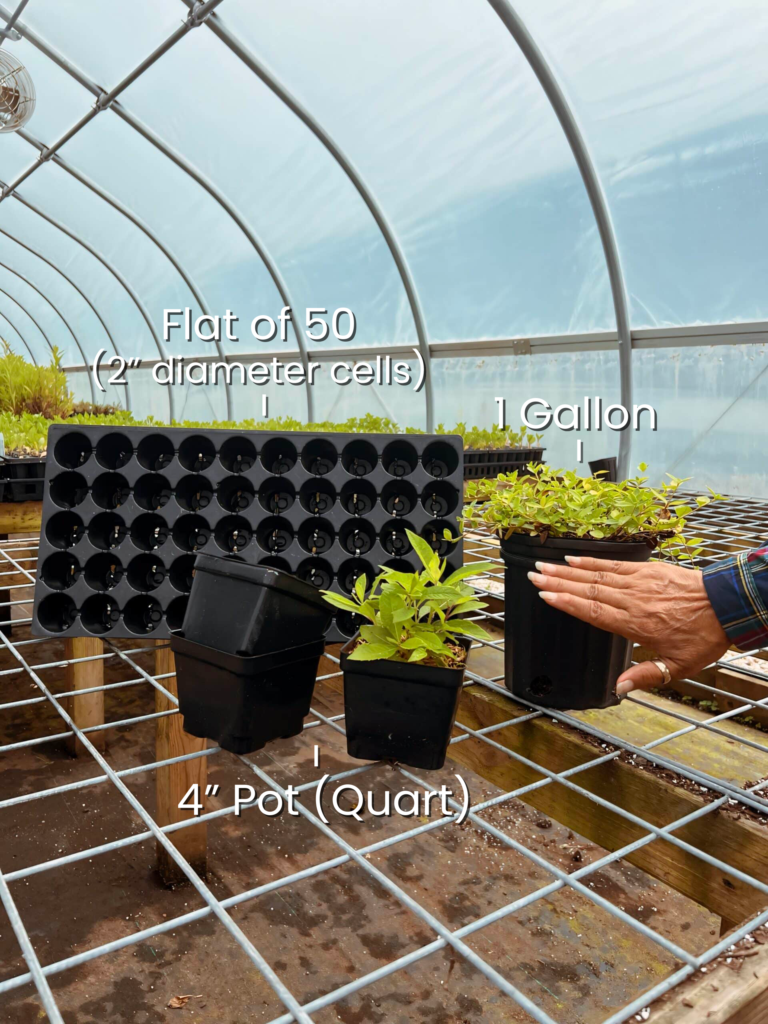
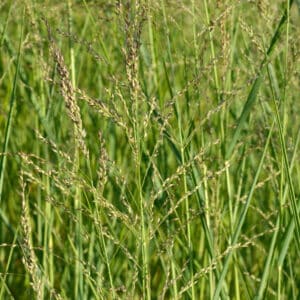
Ground shipping is paused due to summer heat. Only local delivery (Long Island & Queens) is available. Orders placed during the pause will begin processing September 1, and ground shipping will resume September 15.
| Size | |
|---|---|
| Common Name | |
| Type | |
| Family | |
| Native? | |
| Zone | 3, 4, 5, 6, 7, 8 |
| Height Range (ft.) | 2.00 to 3.00 |
| Spread (ft.) | 2.00 to 3.00 |
| Bloom Time | |
| Bloom Description | Yellow |
| Sun | |
| Water | |
| Maintenance | |
| Suggested Use | |
| Tolerate | |
| Growth Rate |
Add radiant late-season color and ecological value to your garden with Solidago speciosa, commonly known as Showy Goldenrod. This elegant native perennial produces tall, unbranched stems topped with dense, bright golden-yellow flower spikes that bloom from late summer through fall. Its slender, deep green leaves and upright growth habit make it a standout addition to borders, wildflower meadows, and pollinator gardens. Showy Goldenrod thrives in well-drained soils and sunny locations, attracting a wide variety of pollinators, including bees, butterflies, and moths, while also providing seeds for birds in the fall.
Why Choose Showy Goldenrod?
Cultivation Tips
Design Ideas for Your Garden
Showy Goldenrod is ideal for adding bold color and vertical interest to sunny borders, pollinator gardens, or native plantings. Pair it with late-season companions like Asters, Joe Pye Weed, or New England Ironweed for a dynamic and colorful display. Its golden blooms also complement ornamental grasses in prairie-style or meadow plantings, making it a versatile addition to any garden design.
Ecological Benefits
Solidago speciosa is a vital source of late-season nectar for bees, butterflies, and other pollinators. Its seeds provide food for birds in the fall, and its deep roots help stabilize soil, prevent erosion, and improve water retention in naturalized areas.
Elevate your landscape with the vibrant beauty and ecological benefits of Solidago speciosa – Showy Goldenrod. This resilient native plant is a standout choice for sustainable, pollinator-friendly gardens.
/5
Total reviews
|
|
Persons recommended this product
Anonymous
Shopper
check_circle Verified
Shop owner replied
Was this helpful
Anonymous
Shopper
check_circle Verified
Shop owner replied
Was this helpful
There are no reviews yet.
Be the first to review “ ”
Your feedback helps us improve our service.
Please log in to submit a review.
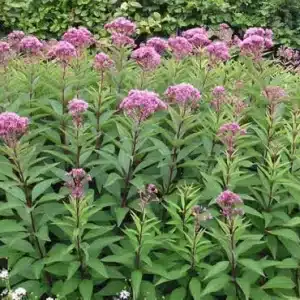
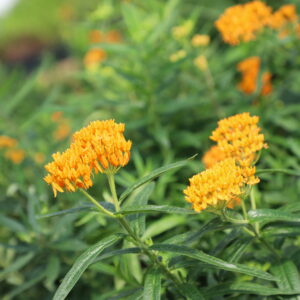
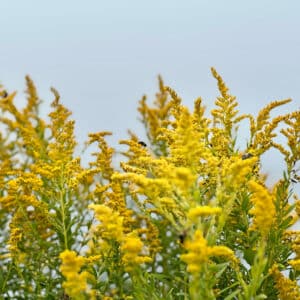
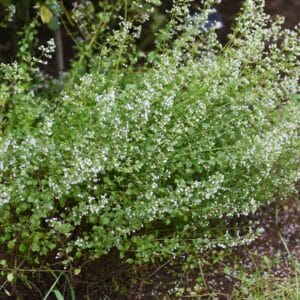
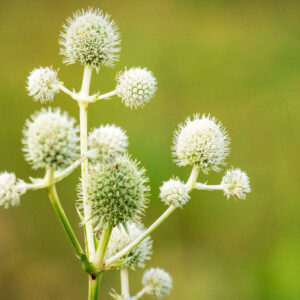
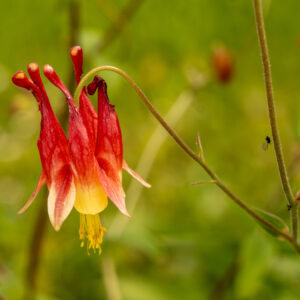
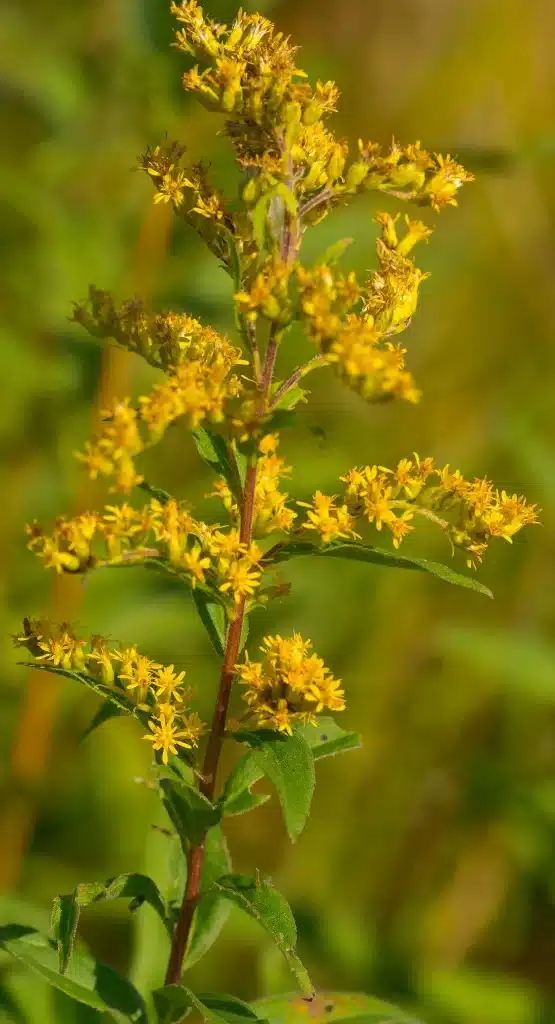
Showy Goldenrod thrives in full sun and prefers dry to medium, well-drained soils. It performs best in prairies, meadows, open woodlands, and native borders, and tolerates poor, sandy, or rocky soils. Unlike many other goldenrods, it doesn’t require moist conditions to thrive.
This upright, clump-forming perennial typically grows 2–4 feet tall and 1.5–2.5 feet wide. It features strong stems topped with dense clusters of bright yellow flowers, making it a standout in late-season plantings without being aggressive.
Showy Goldenrod blooms in late summer through fall (usually August through October), providing brilliant yellow color when many other plants are finishing their season. It’s excellent for extending bloom time and garden interest into autumn.
Absolutely! Solidago speciosa is a pollinator powerhouse, supporting bees, butterflies, wasps, beetles, and other beneficial insects. It is also a larval host plant for several moth and butterfly species, making it ecologically important.
Showy Goldenrod is not invasive. Unlike some spreading goldenrods, it is clump-forming and well-behaved in gardens. It is also deer-resistant, thanks to its bitter foliage, making it a great option for low-maintenance, deer-prone areas.
Our gift cards make it easy to share the beauty of plants, flowers, and all things green. Whether for a special occasion or just because, give the gift of choice and let them select their favorites to create a garden they’ll cherish.
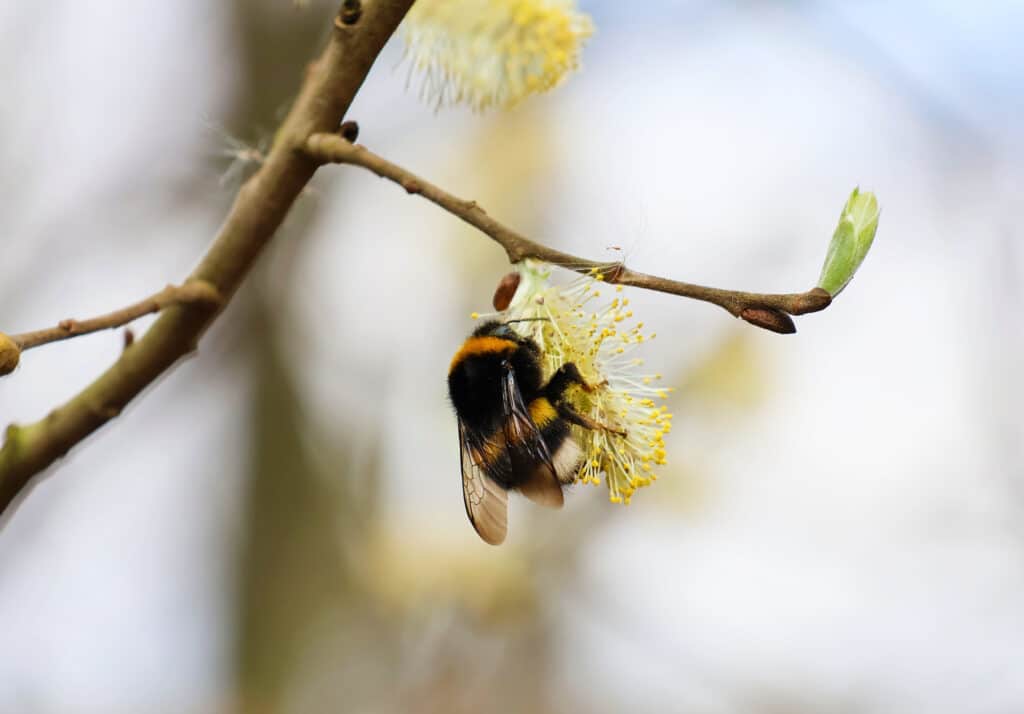
Only Local Delivery Available (Long Island & Queens)
Ground Shipping Paused
To protect our plants from extreme summer heat, we’ve paused nationwide ground shipping to avoid any damage during transit.
Local Delivery Only
We’re still delivering locally to Long Island and Queens, so nearby customers will continue to receive orders as usual.
Fall Pre-Orders Are Open Nationwide!
We will resume normal shipping for non-local orders placed during the pause in early September.
Thank you for your support and understanding—we’re looking forward to growing with you this fall!